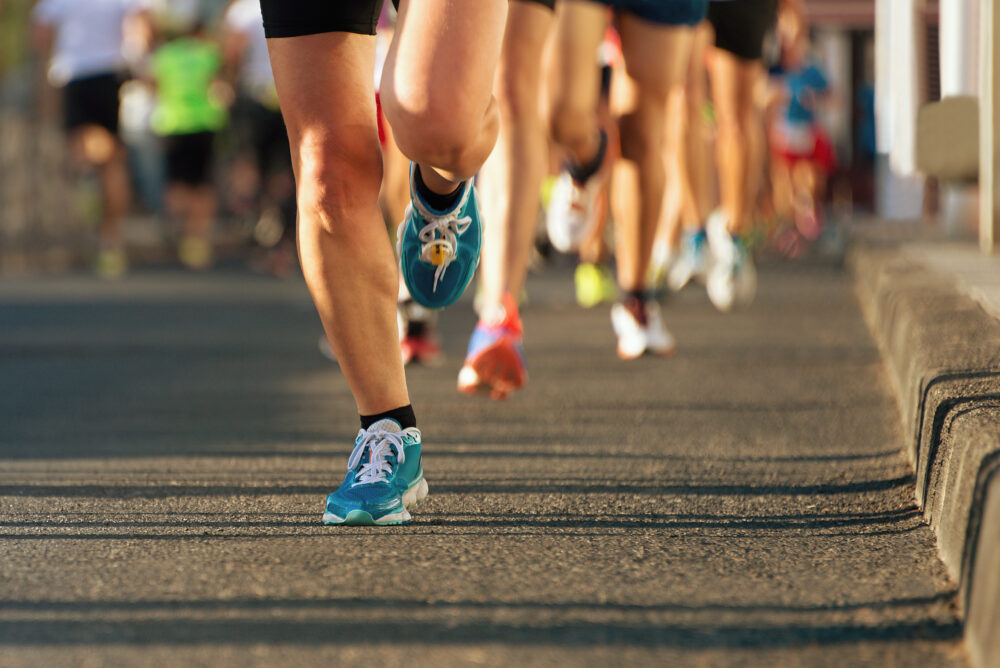Participating in the Runner’s Edge TOBAY Triathlon and Tri-Relay is no small feat.
It holds a premier role in Long Island’s triathlon history. And it allows you to explore different neighborhoods near its starting point in Oyster Bay.
It also brings together more than 600 local participants every year. But as many triatheltes know, injuries are common during training, the day of the race and even in recovery.
Don’t let an injury sideline you. Follow these 13 tips stay healthy while you build up your miles and your strength.
Tips include:
1. Practice proper nutrition. Eat a well-balanced and nutritious diet. Consume a wide variety of whole plant-based foods (whole grains, fruits, vegetables, legumes, nuts and seeds). Also, avoid foods that are highly processed. This can decrease inflammation and help with recovery.
2. Incorporate strength and mobility training. Strength training builds muscles and connective tissues that stabilize joints, reducing the risk of muscle and joint injuries. Mobility training improves your joints’ full range of motion and can go a long way when it comes to injury prevention.
3. Increase your training load gradually. Focus on steadily increasing the frequency, duration andintensity of your workouts. This can decrease your risk of an overuse injury.
4. Practice RICE: Rest, ice, compression, elevation. After training, lie down and elevate your feet. Take an ice bath or a cold shower for 10 minutes to improve muscle flow. Wear compression clothing such as socks and shin sleeves while training to limit swelling. Use RICE after your long runs and race day.
5. Spot overtraining. Too much training with too little recovery time can hinder your progress. Signs of overtraining include high resting heart rate, fatigue, trouble focusing, poor sleep and a feeling of heaviness in your legs.
6. Warm up and cool down. Recover with low-impact exercises, including swimming, elliptical machine and yoga. Stretch and use a foam roller to prevent injuries.
7. Get your shoes and bike fitted professionally. Properly fitted shoes prevent blisters, toe ligament damage and stress fractures. A bike fit can also help prevent overuse injuries and make your rides more comfortable.
8. Stock up for race day. If you’ve been training with energy gels, bring your own on race day so you can use them as your body’s glycogen stores run low. Running long distances can cause blisters. Bring your own bandages to cover blisters and to avoid long lines at the medical tents.
9. Listen to your body during the race. And walk if needed. Some race participants find that taking short walk breaks helps them achieve an overall faster race pace than if they tried to run the entire distance.
10. Rehydrate with more than water. Consume fruits, something salty like pretzels or use an electrolyte tab.
11. Pace yourself. On race day, start slowly, don’t get over excited and start out too fast.
12. Safely recover. Replenish nutrients with proper hydration and well-balanced, colorful meals. Take five to seven days off from running after the race and focus on lower-impact exercises such as swimming or bicycling.
If you feel aches or pains, make an appointment with your provider, or go to your neighborhood Northwell Health-GoHealth Urgent Care. Seeking care for small sports injuries early can prevent them from becoming worse.
13. Enjoy. Find joy in the training. On race day, make sure to have fun and don’t forget to celebrate your amazing accomplishment.
Kyle Lennon, MD, is a physician at Northwell Health-GoHealth Urgent Care.


